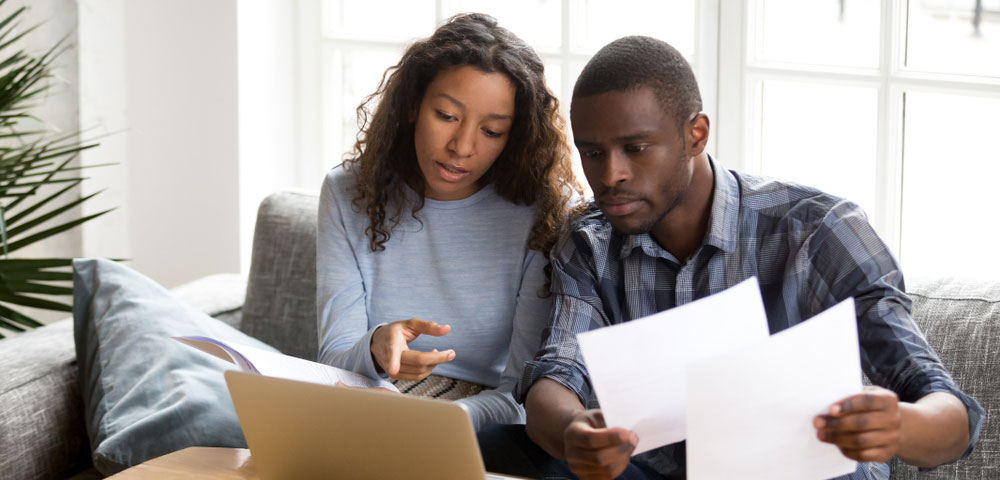Seven Ways To Use Your Tax Refund

If you're expecting a tax refund this year, you might be tempted to spend it all on a tropical getaway or toward a new piece of tech that you've had your eye on.
The average direct deposit tax refund is $3,0001 — which for many is the largest chunk of cash they'll receive during the year. What are some strategies you can use to make that money last and help improve your finances?
Here are a few ideas on what to do with the money from your tax refund:
1. Let Your Money Grow
If given a choice, many of us would rather enjoy the here and now instead of focusing on a long-term goal. But your future self would benefit more from putting your tax refund into a CD, a fixed-rate savings account with guaranteed returns. This way, your funds can multiply, and you'll improve your overall financial well-being.
2. Put It Toward an Emergency Fund
If you need urgent dental work, a major car repair, or if you find yourself out of work, your emergency fund will provide the financial cushion you need should an unexpected expense arise. While it's recommended to keep six months of your living expenses tucked away, sometimes that can be challenging. Your tax refund check is an easy way to significantly bolster your emergency fund.
3. Pay off Debt
Consider using the money from your tax refund to make headway on paying off your debt. In turn, you'll be able to save money on interest and feel as if a burden has been lifted off your shoulders.
4. Save for a Major Goal
If you and your family have plans to buy your first home, grow your family, or buy a new car, using your tax refund is a great way to get a boost on these goals. Saving money for a major purchase means that you'll take less out in loans, which can save you on interest. Plus, the less you borrow, the faster you'll be able to pay off any loans and free up cash for your other goals.
5. Make Home Improvements
If you own a home, using your tax refund for home improvements or repairs could increase the value of your property and improve your quality of life.
6. Contribute to Your Educational Fund
Using your tax refund for education or professional development may lead to increased earning potential or career advancement.
7. Plan for Retirement
Investing your tax refund in a retirement account such as an IRA or 401(k) can help you build wealth for the future. Alternatively, you could invest in a taxable brokerage account or other investment accounts that further your financial goals.
Whatever option you choose, educating yourself and making a plan will help you maximize your tax refund and do what's best for your finances.